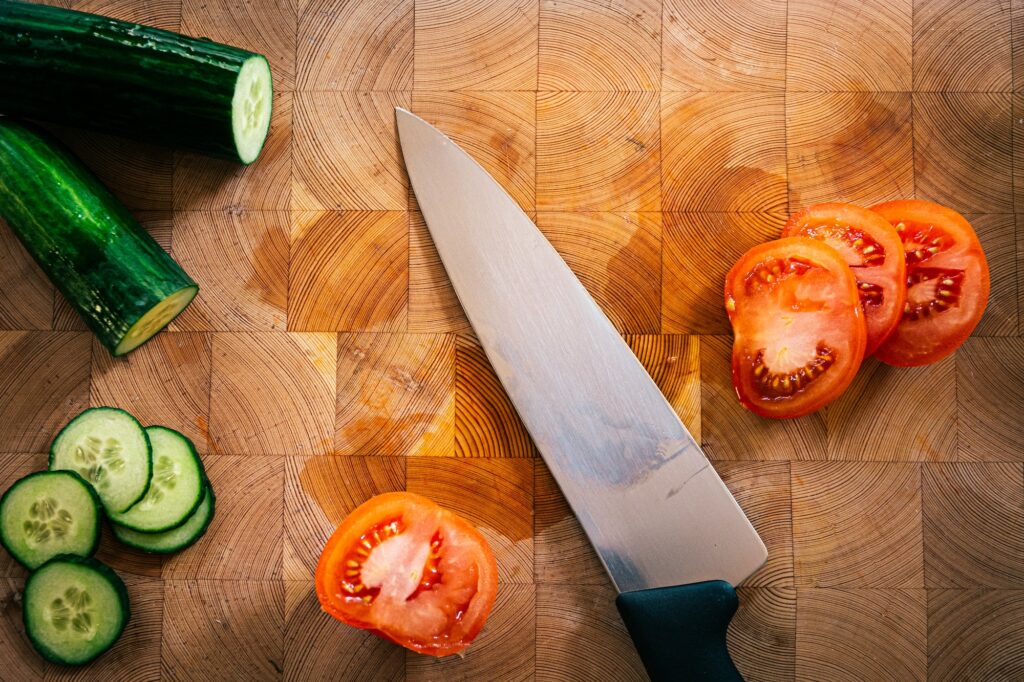Have you ever wondered how to make cutting board that not only serves its primary purpose but also adds a **remarkable** aesthetic to your kitchen? Cutting boards are essential tools in any kitchen, especially for kitchen professionals who require durability and functionality. In this article, we'll provide an unmissable guide on how you can craft your own cutting board at home. We'll share tips and techniques that will leave you delighted with the finished product.

What Makes a Good Cutting Board?
Before diving into the process of creating a cutting board, lets discuss what makes a cutting board a great addition to your kitchen. Here are some **key** factors to consider:
- Material: The material plays a significant role in both the look and functionality of the cutting board. Common materials include wood, bamboo, and plastic.
- Size: Consider the space you have available and the types of tasks you need it for.
- Ease of Cleaning: Regardless of the material, you want a cutting board that is easy to maintain.
- Durability: Look for boards that can withstand significant wear and tear.
Materials You Will Need
To successfully create a cutting board, gather the following materials:
- Wood (maple, walnut, or cherry are excellent choices)
- Wood glue
- Clamps
- Sandpaper (various grits)
- Food-safe mineral oil
Step-by-Step Guide on How to Make a Cutting Board
Now that you have all the materials ready, let's dive into the process of how to make cutting board:
Step 1: Select and Prepare Your Wood
Choose pieces of wood that are free from knots and defects. Cut them into equal-sized strips, ensuring they are the same thickness.
Step 2: Gluing the Wood Strips
Apply wood glue to the edges of the strips and clamp them tightly together. Let the glue dry completely, which might take a few hours.
Step 3: Sanding the Board
Once the glue is dry, remove the clamps and use sandpaper to smooth out the surface. This step is crucial to ensure there are no splinters or uneven surfaces.
Step 4: Finishing Touches
After sanding, apply a coat of food-safe mineral oil. This not only enhances the wood grain but also protects it from moisture.
Maintenance Tips for Your Cutting Board
After putting in the effort to create your cutting board, its vital to maintain it effectively. Here are some tips:
- Always hand wash your cutting board with warm soapy water.
- Re-apply mineral oil every month to maintain its sheen.
- Avoid soaking your cutting board in water.
Why You Should Consider Making Your Own Cutting Board
Making your own cutting board can be a rewarding experience. Beyond the personal connection you create with your kitchen tools, it also allows for customization in size, shape, and material. Plus, nothing offers that personal touch like a fully **DIY** cutting board made by your own hands!
Linking Your Cutting Board to the Right Knives
Now that you've crafted the perfect cutting board, be sure to pair it with a quality knife set that is suited to your specific cooking needs. You can find more about this on finding the perfect knives.
Additional Resources
For further information on maintaining the quality of your cutting board, refer to this guide. It covers safety and cleanliness tips that every kitchen professional should be aware of.

FAQs
What type of wood is best for making a cutting board?
Hardwoods such as maple, walnut, and cherry are often recommended due to their durability and resistance to knife marks.
Can I use my cutting board for both meat and vegetables?
Yes, but it is advisable to maintain separate boards for raw meat and vegetables to avoid cross-contamination.
How often should I oil my wooden cutting board?
It is best to oil your wooden cutting board at least once a month or when it appears dry to the touch.
As an Amazon Associate, I earn from qualifying purchases.


























